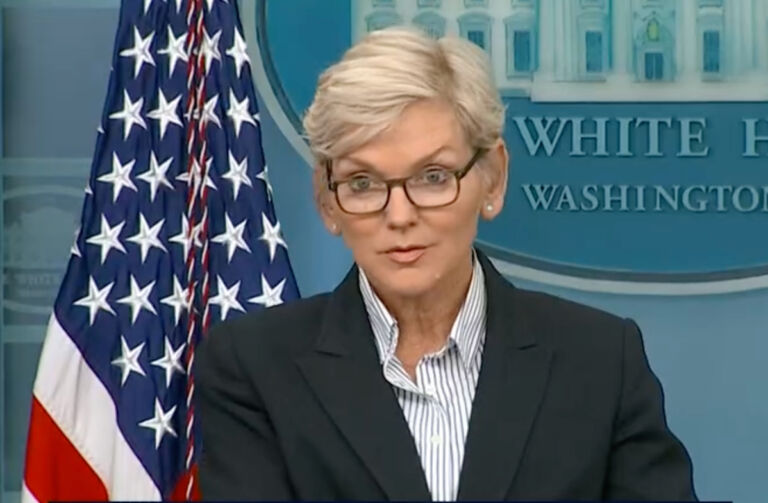If you’re an environmentalist terrified by the prospect of a temperature increase of a quarter-degree Fahrenheit by 2100 unless the whole world acts now (you know, America could cease doing everything and it’d still have no impact on the climate), and if you don’t mind tearing down some industries, hiking electricity rates on the poor, and making it a crapshoot as to whether power actually runs at any particular moment in time, you might be facing a conundrum when it comes to nuclear power.
To wit: Is nuclear energy the world’s most cinematically frightening energy source, or is it the clean energy lover’s dream: zero emissions, super efficient, and dispatchable to boot?
Leftist publication Mother Jones explores the problem with respect to a large nuclear facility in California:
According to Shellenberger’s research, Diablo Canyon currently produces twice as much power as all the state’s solar panels (California is the nation’s No. 1 solar state). Closing it, he said, would not only shave off one-fifth of the state’s zero-carbon energy, but potentially increase the state’s emissions by an amount equivalent to putting 2 million cars on the road per year. That’s because the power gap left by the plant’s closure would likely be filled by new natural gas plants—which is what happened when San Onofre was shuttered.
“What’s powerful about Diablo is the sheer size of it,” he said. “If you flip it [off], carbon emissions go up so much.”
That’s an important quandary for Gov. Brown, who has tried to position his state as a national leader on climate policy and clean energy. During his first term as governor in the mid-’70s, Brown opposed the plant. But in 2012 he said he had become more open to nuclear power because “it’s good for greenhouse gases.” …
The problem, Shellenberger said, is that despite the plethora of solar panels on rooftops and electric vehicles on the roads, “people don’t understand how little that stuff is compared to a single nuclear plant.” Moreover, he added, a nuclear plant has the benefit of being consistent regardless of whether the wind is blowing or the sun is shining.
Recall that accounting for emissions and dispatchability alongside levelized plant costs, Brookings found natural gas barely edging out nuclear for the least-cost source for cutting emissions, but nuclear was “the most cost-effective zero-emission technology.” Solar and wind, meanwhile, were “by far the most expensive way[s] of reducing carbon emissions.”
Nuclear energy does have one thing going for it that environmentalists love: It requires massive amounts of government subsidies. Granted, it’s a distant third to wind and solar, but still, third. Which makes its efficient production rather expensive on a kilowatt-hour per dollar subsidy basis:




